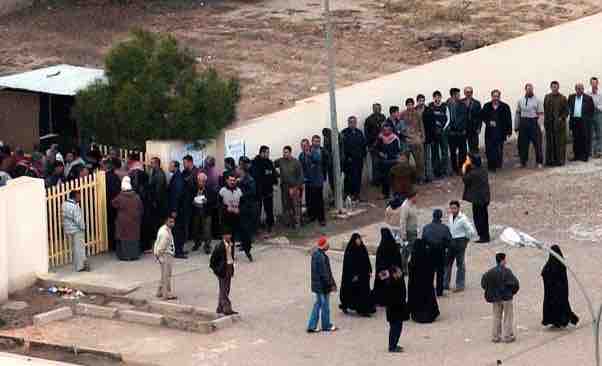Implications of High and Low Voter Turnout
High voter turnout is often considered to be desirable, though among political scientists and economists specialising in public choice, the issue is still debated. A high turnout is generally seen as evidence of the legitimacy of the current system. Dictators have often fabricated high turnouts in showcase elections for this purpose. Assuming that low turnout is a reflection of disenchantment or indifference, a poll with very low turnout may not be an accurate reflection of the will of the people . On the other hand, if low turnout is a reflection of contentment of voters about likely winners or parties, then low turnout is as legitimate as high turnout, as long as the right to vote exists. Still, low turnouts can lead to unequal representation among various parts of the population. In developed countries, non-voters tend to be concentrated in particular demographic and socioeconomic groups, especially the young and the poor.

Voter Turnout
Voters lining up outside a Baghdad polling station during the 2005 Iraqi election. Voter turnout was considered high despite widespread concerns of violence.
Voter Turnout across the World
Voter turnout varies considerably between countries. It tends to be lower in the United States, Asia, and Latin America than most of Europe, Canada, and Oceania. Western Europe averages a 77% turnout, and South and Central America averages around 54% since 1945. The differences between nations tend to be greater than those between classes, ethnic groups, or regions within nations. Confusingly, some of the factors that cause internal differences do not seem to apply on a global level. For instance, nations with better-educated populaces do not have higher turnouts. There are two main causes of these international differences—culture and institutions—although there is much debate over the relative impact of the various factors.